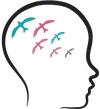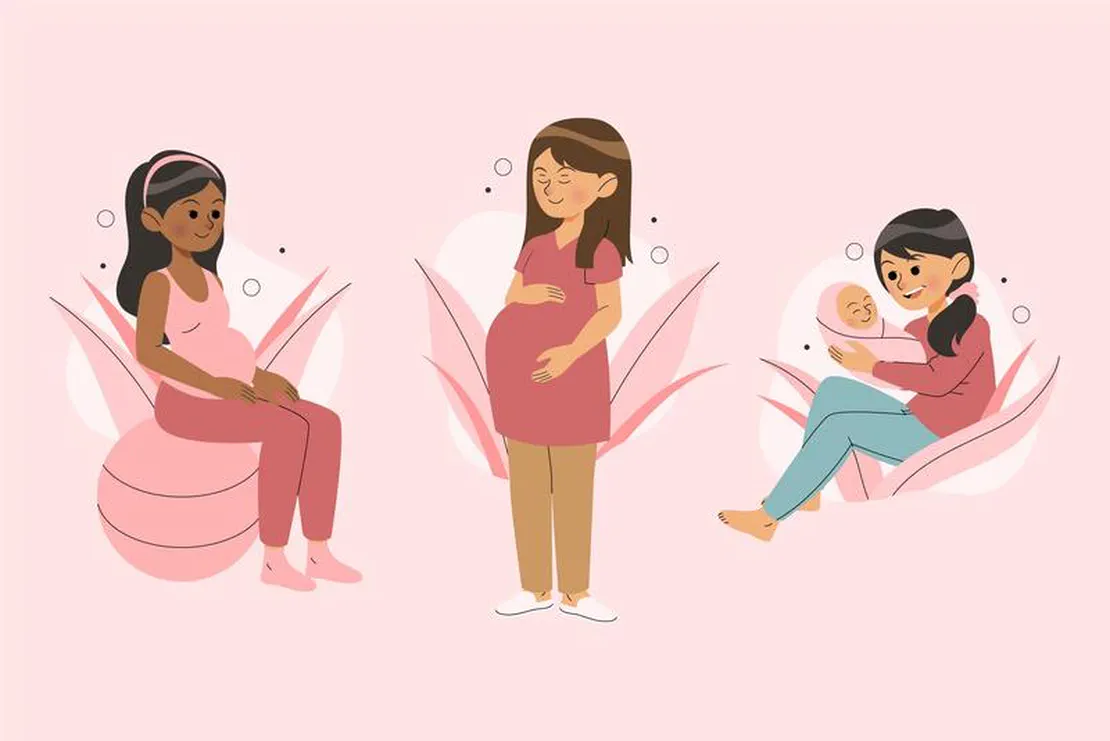The decrease in the viability limits of the premature (premature birth) and neonatal intensive care units to the level of 23-24 weeks, which has increased in the last 10 years, and the decrease in the mortality of babies over 27 weeks has led to a relative increase in the neurological problems seen in all these babies.
Severe neurological problems are seen in 40% of 24-27-week-old babies, 15% of 27-32-week-old babies and 2% of 32-36 week-old babies. Apart from the convulsion seen in the acute period, movement disorder, cerebral palsy, epilepsy, hyperactivity, attention deficit, special learning disability and speech disorder are frequently seen in the late period (mean diagnosis around 4-8 months).
Early recognition of these babies can be included in early rehabilitation programs, preventing sequelae, providing functional improvement, often without the need for orthopedic interventions, and increasing the ability of the family and the child to cope with problems.
Neonatal neurologic evaluation ® in the first week of 34 weeks or patients diagnosed as a risky baby in the intensive care unit, positioning (physiotherapist) in necessary patients, and Prechtls method program in the first 2 weeks are required.
Within the scope of the Risky Newborn Evaluation Program, newborns who are screened for conditions such as Intellectual Retardation, Convulsions, Cerebral Palsy, Injury are treated early if any problems or risks are detected.
Program Content
Brazelton newborn assessment (Pediatric nurse or pediatric neurologist) Structured examination by a pediatric neurologist Cranial USG EEG/General Movement evaluation when necessary Teaching positioning and basic physiotherapy to the mother (Pediatric physiotherapist) Training for cognitive (perception, social, early language) development (Developmental pediatrician)
-
Neurological examination (2 times at 1 month intervals)
-
Basic cognitive training by a Psychologist when necessary
-
Cranial USG, EEG
Prechtls Method General Movement Evaluation
Newborns and infants (0-4 months) have many non-rhythmic movement patterns that occur without external stimuli. Complex, fluent, and variable-speed movements involving the whole body, which occur most frequently in different movement patterns, are called ‘General Movements’ (GM’S). GM’s starts at the 9th week in the womb and continues until the postterm 6th month at the most. It disappears with the formation of purposeful voluntary movements.
Although the sequence of movements of the hands, arms, legs, neck and trunk is variable, the movements are of different speed and strength. The overall quality of spontaneous movements accurately reflects the nervous system status of the fetus and newborn baby.
The Prechtl method was defined in the 1990s as an objective, valid and reliable method for evaluating GM’s quality. The advantages of the method are that it does not involve any interventional procedure, does not have to touch the baby, is simple, reliable, fast and can be applied to very small babies. This method makes it possible to predict the development of neurological deficits at a very early age.
For a reliable assessment, their movements should be recorded with a video camera method in the supine position. The fact that it is done without touching the baby is also among the positivity of this method.
This evaluation method, which allows estimation in the early period, also enables early rehabilitation to be started and the appropriate treatment program to be drawn by estimating the clinical type.


